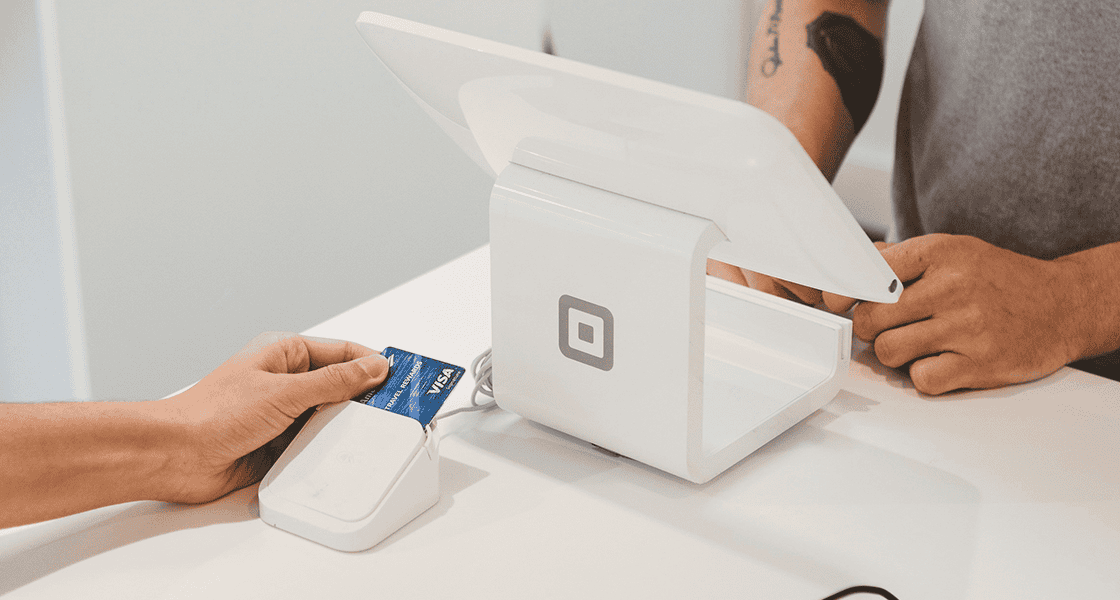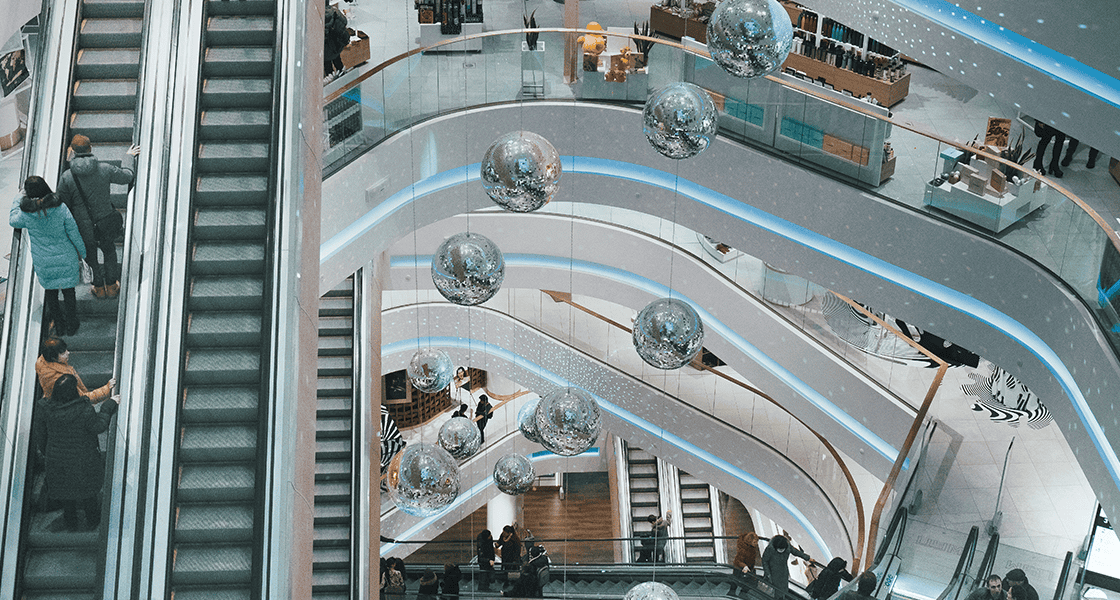Retail & Distribution
How unified commerce is transforming retail and stores
24 November 2021

The impact on retail following the Covid pandemic has, we know, been seismic, fundamentally changing the way people shop. This has accelerated a more permanent shift towards the widespread adoption of digital technologies. Here are five key trends that continue to shape the future of retail.
The rise of omnichannel services is impacting stores’ management
The last two years has seen a surge in digital services being adopted in retail after multiple lockdowns, boosting support for services like “Click & Collect” and “e-reservations”. These have proven essential to the continued functioning of physical stores, not to mention invaluable for raising efficiency: such as adding services like “ship-from-store” for optimising local deliveries.
However, adding new services can prove a burden for some stores if you’re not careful. You have to make sure you’ve the necessary tools, training and processes in place. For instance, large volumes of packages need to be stored somewhere and must be easily accessible for quick retrieval and handover to customers. Mobile devices can help take some of the pressure away from busy tills, as well as help staff look up customer and product details directly from the shop-floor. Staff benefit from e-learning and collaborative tools to share skills and learn new tricks quickly and easily.
82 % of retailers
believe that consumers expect more flexibility when buying online (with schemes such as “try before you buy”, free delivery, or trouble-free returns), says a Havas Paris 2021 study.
New forms of payments and differentiation
What do sports retailers like Decathlon, who sometimes rent out material, have in common with apparel retailers like French Connection or Rent the Runway who now offer customers the chance to regularly change their look by opting for a subscription model? One thing in common, is all three are adopting new and emerging forms of payments for goods and services. Try now, pay later is becoming increasingly popular, so stores need to be set up for the latest trends in omni-channel shopping.
40 % of people
believe that it’s important for fashion brands to offer payment in instalments, found a Clearpay [1].
End-to-end stock visibility
The Covid crisis has led to a significant amount of pressure being put on global supply chains, as retailers have had to grapple with a shortage of raw materials and rising freight costs. The cost of transporting a container now exceeds $15,000 dollars, compared to $2,000 to $5,000 before the pandemic. And even when paying such high rates, retailers can’t always be sure they’ll actually get the merchandise in time. Visibility of the entire value chain – and the ability to anticipate delivery delays – has never been more important.
Nonetheless, it’s still the “last-mile” that poses the greatest logistical challenge to retailers. Customers want to be delivered faster than ever before. And this requires knowing exactly what stock you have, to avoid disappointing consumers swiftly placing orders. A unified vision of stock across all stores and warehouses is vital if you want to respond quickly to demand and identify where’s best for despatching items.
Customers becoming brand ambassadors
With the advent of social media, consumers have gone from being anonymous buyers to something more akin to brand ambassadors: with the power to shape opinions with either positive or negative reviews on influential platforms like Meta (Facebook), Instagram, TikTok and Twitch. Retailers can harness all this information-sharing and make the most of what customer-driven content can do for a particular brand or product. It’s up to retailers to create stores and a customer experience conducive to sharing on social networks.
89 % of companies surveyed
thought improving the customer experience over the next 12 months is a priority (Source: A Forrester study conducted for Critizr)
Reducing the carbon footprint of data
Almost all retailers today acknowledge the immense value that data can bring to their businesses, although many question the environmental impact of running energy-hungry data centres across the world. In Europe alone, the energy consumption of data centres increased 42% – from 53.9 to 76.8 TWh a year – between 2010 and 2018 and will rise to 92.6 TWh by 2025, according to a report from the European Commission. And the figure doubles when you factor in network consumption. In a bid to keep energy costs down and for improved sustainability, Cegid has partnered with Microsoft Azure for its Cegid Retail Y2 SaaS solutions. The cloud technology giant is forging ahead to become carbon neutral by 2030 and reducing its carbon footprint – for instance, by using more renewable energies.
How Cegid Retail Live Store helps simplify omnichannel processes for retail staff and IT teams:
- Faster and more frequent delivery of innovative new features
- Greater extensibility, personalisation, and integration capacity
- Modern UX/UI and single solution for any fix & mobile devices
- Improved total cost of ownership (TCO), faster deployment
- An agile and superior tech platform
[1] Source: Study in France


